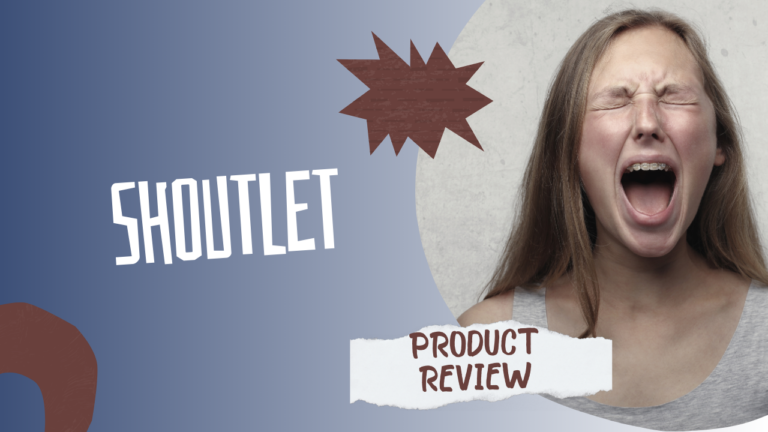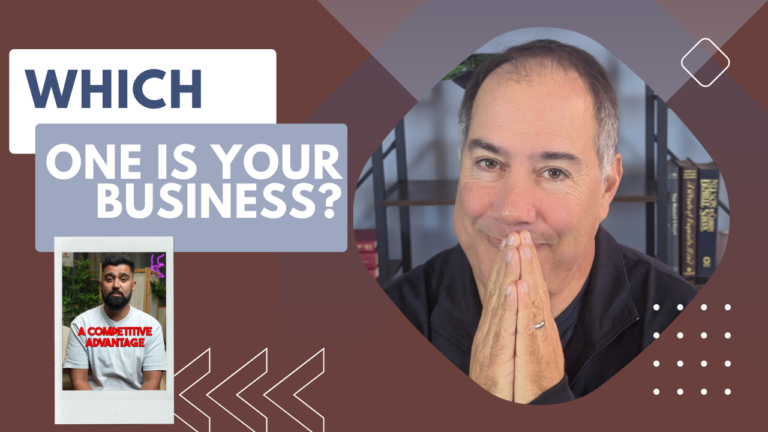Do You Know Your Customer’s Home Address?
In my specific neighborhood, there are about 250 homes. And there is one real estate agent who gets about two-thirds of the listings in the area. Her name is Sandy and she also lives in the neighborhood.
If you go by the stat I found that San Diegans generally sell their homes on average after six years, then there should be about 15 sales a year in the neighborhood, and from my estimate, this agent will get about 10 of them.
That feels about right based on the for-sale signs I see around the neighborhood with her name on them.
If you look at the stats for general real estate agents and compare it with what Sandy is doing, she is just crushing it. The average agent makes $91K in San Diego, but that’s just the average, skewed way up by the top performers- many of them are making half that and don’t survive long in the industry at all.
Check out what else we’ve been up to!
- Matt Reviews: Best Franchises in 2024 to Get Into According to TikTok (Short Video)
- Matt Reviews: Loan vs Investor | Which is Best for Businesses in 2024? (Short Video)
- Matt Reviews: Here We Go Again | Another Scam to Watch Out For (Short Video)
- Business for Sale, Would I Buy It? | Ballroom Dance Studio (Short Video)
- Don’t Forge Your Batteries with Matt Remuzzi (Podcast)
On the other hand, I would estimate Sandy is easily making $500K or more a year. Not bad for a one-woman business she runs from home.
So what is Sandy doing that is so different? Is it because she is amazing at sales or has a genius level of understanding of real estate values? No. Is it because she has some amazing level of work ethic or a giant marketing budget or an army of assistants? No.
Is she all over social media or a high-level real estate influencer? No. She’s not even very nice, if you ask me, and I’ve dealt with her a few times.
What she does have though are two key ingredients that can make any business very successful. And you can probably do the same in your business!
The Two Keys Benefits of a Tiny Potential Customer List
The first is a very tightly focused customer profile. Literally, if you don’t live in her neighborhood, she isn’t interested in you as a client. Every single home in our area is a potential seller and outside of that very tiny and hyper-focused list is a giant sea of Sandy doesn’t care.
The beauty of this laser focus on who her customers are is that she can spend 100% of her time and effort only interacting with people who would be a good fit for her services. No effort is ever wasted on someone who isn’t in her target market.
Sure, they may not be ready today, but one day, they will be ready to sell and who will they think of first?
The person who they have been seeing for the last six years, in the neighborhood, listing and selling homes but also out walking her dog, dropping by with flyers, and at the HOA meetings.
There are adages in marketing about how a customer needs to see you six or nine or seven times (depending on which guru you are reading) before they are ready to make a buying decision.
Well, that’s almost impossible if you have a giant list of potential customers and a small business budget- you’ll never get in front of all of them even once, never mind half a dozen times. Unless your list is super small and super focused.
Contrast this with businesses who only have a vague idea of who their customers are by age or gender or maybe income level, and they have to spend money spraying out ads on Facebook or trying to get people’s attention with social media (a Sisyphean task if ever there was one!) and hoping they can convert customers before they spend more to get one than they can ever make with them.
Sometimes when I speak with Amazon or ecom sellers they readily admit they have literally no idea who is buying their products! Wow. What a huge disadvantage to operate under.
The second great thing about the way Sandy is doing it is she knows her customers better than anyone else as far as it relates to real estate. She knows what all the other homes have sold for, the pros and cons of each in terms of square footage, view, yard size, etc., and can tell a potential seller with great certainty what they can expect.
No other real estate agent can match her for knowledge of this little microcosm of homes and since it’s true that all real estate is local that insider knowledge is valuable!
By being this focused, she can have conversations that immediately demonstrate her worth and understanding and cause people to have to think hard about why they wouldn’t go with her if they want to sell and live here.
The good news is this isn’t just something a real estate agent can do. Not every business can really focus on a short list of perfect customers, but if you can, then it’s time to start thinking that way!
It is much better and more effective to have a list of 500 or 1000 potential customers who you would be perfect to work with whom you can then reach out to 6-12 times a year and stay in touch.
You can send postcards, emails, newsletters, and so on with marketing messages as well as helpful hints or informational pieces that demonstrate that you know their pain points and can help.
Of course, you ideally also want to have something to offer them that is better than they can get from other options and play up your difference and expertise and specialization the way Sandy can in her field. If you don’t have that then work on what it would look like and improve what you can do.
This is definitely something I am working on here as well because the benefits are so clear and the payoff is significant. Trying to work with everyone who calls and asks about service is a short-term strategy you use when you are starting out and cash is everything.
But as you evolve and figure out what you are best at and where you can grow the most and be the most profitable, then you want to define your neighborhood and become the obvious go-to choice among that very specific crowd.
If you can figure out exactly where your customers live, then your marketing becomes more effective and cheaper immediately because you have no wasted ad spend which leads to lower customer acquisition costs and more profit per campaign.
So, think about it- can you very narrowly define your customer neighborhood? It’s an exercise worth doing!







